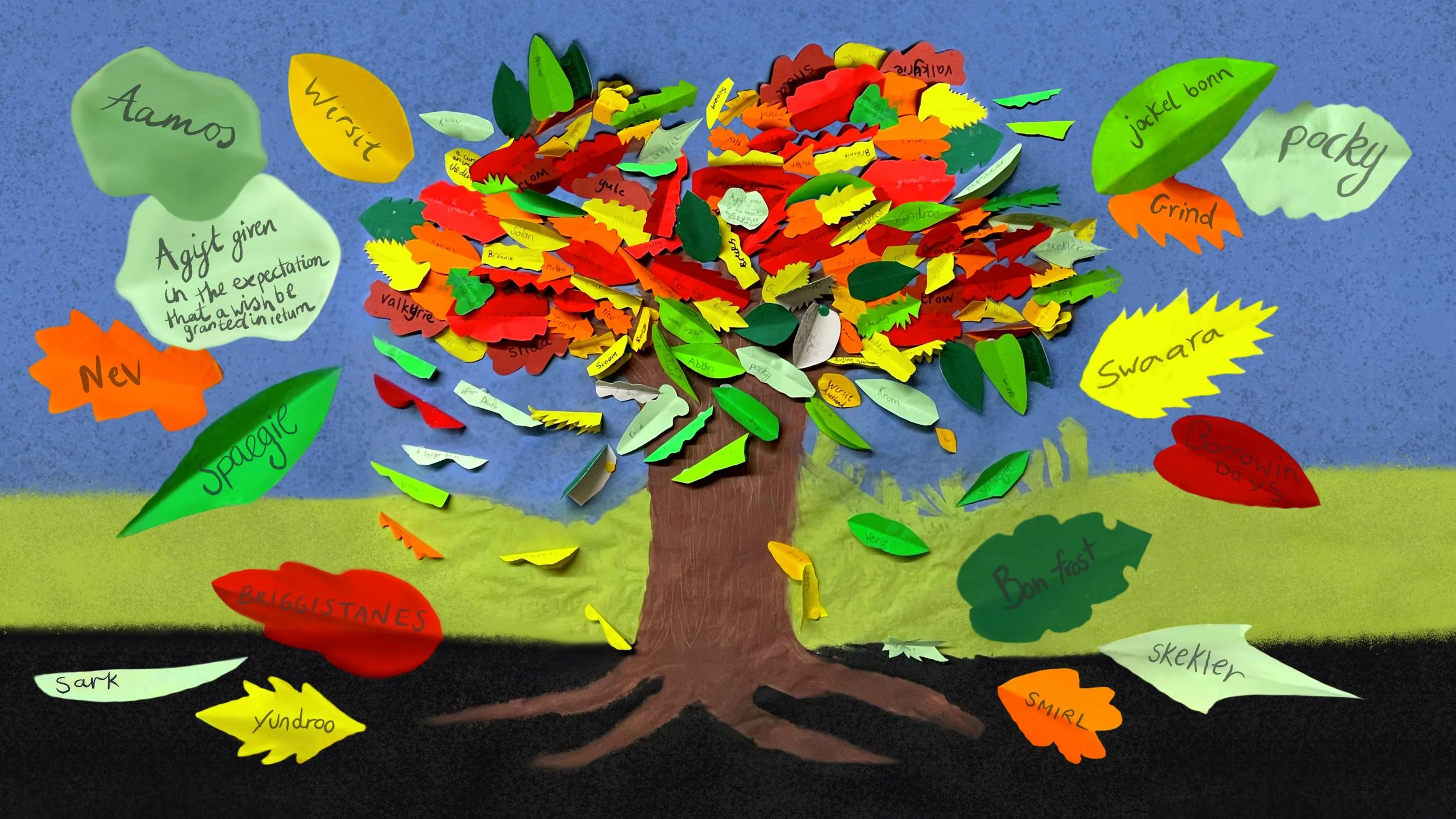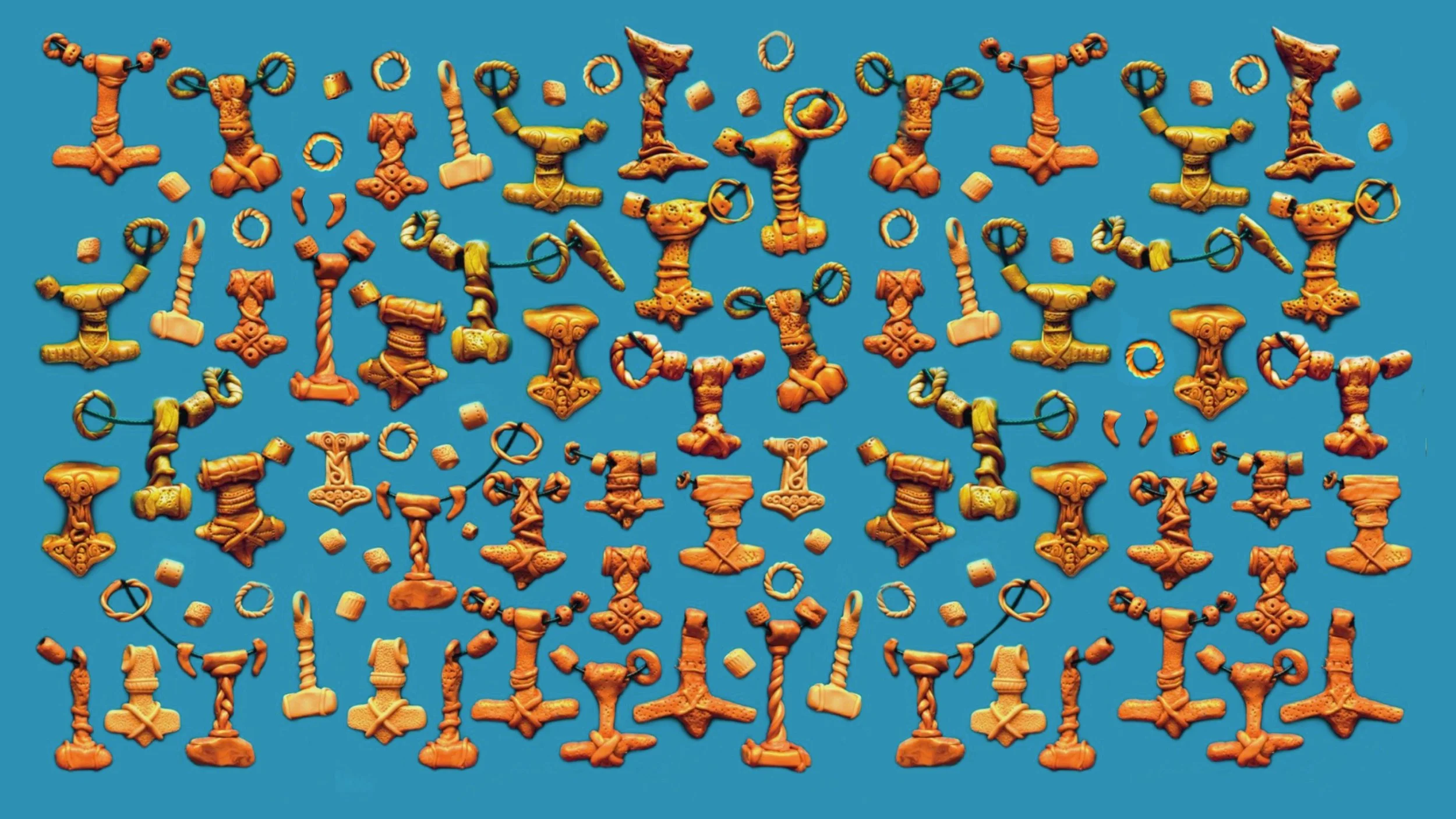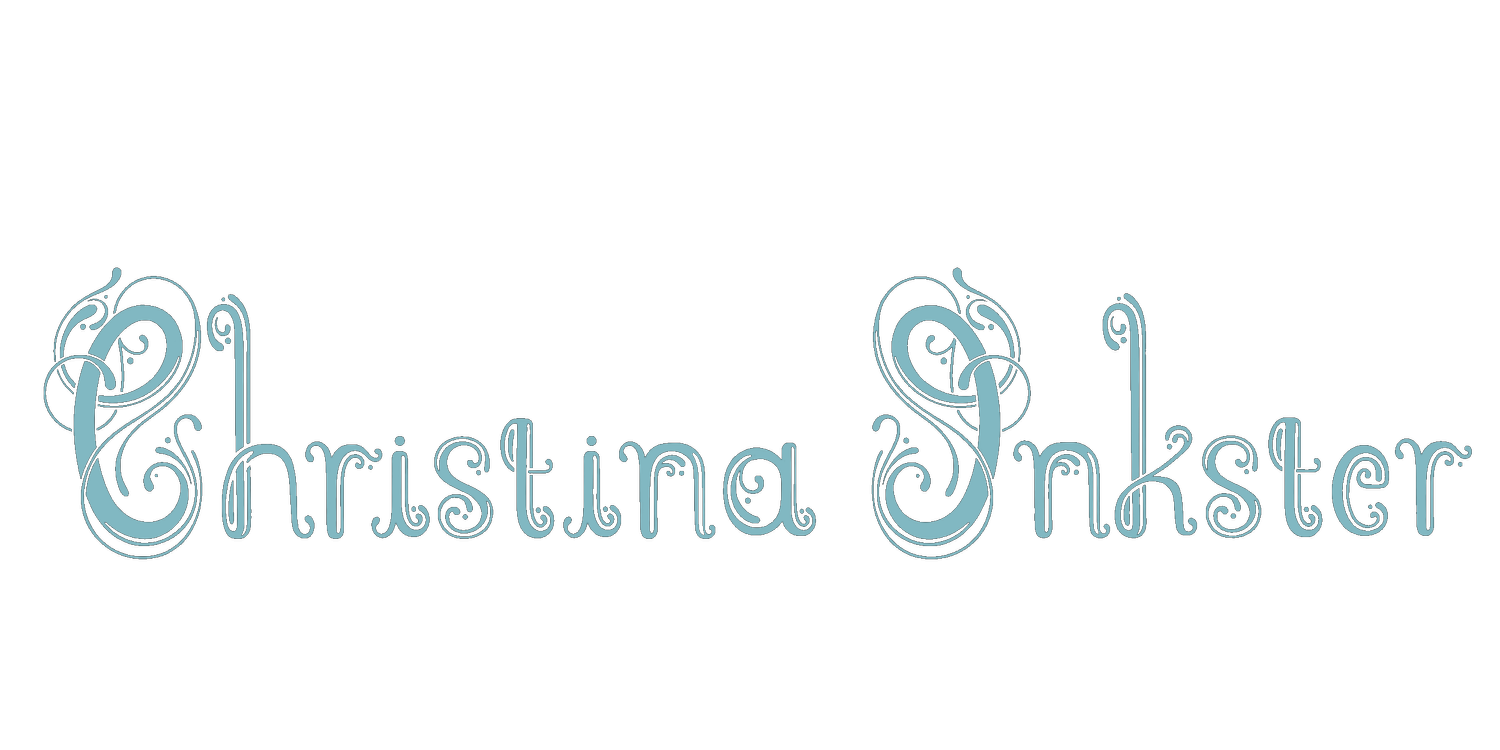Treòir | Voar | Virr
About the Project
Treòir | Voar | Virr was a National Transition Training Fund programme to aid recovery in education and support re-training and employment opportunities for creative freelancers through arts-based cultural workshops in primary schools that support delivery of our National Islands Plan commitments.
Treòir | Voar | Virr meaning “a guide” or “energy, spring, vigour” saw more than 50 creatives from more than 90 inhabited Scottish islands working with the community and the children of their local schools to learn about the area’s history and heritage through the arts.
Christina Inkster was commissioned as Lead Artist for both the Ollaberry and Urafirth Primary Schools in Shetland. Together with Assistant Artist Jordan Clark they delivered socially engaging and educational creative workshops focussed on the lost languages and local stories of Shetland.
Speaking in ‘Wir Midder Tung’ throughout and encouraging the pupils to follow, each session began with a game called “sheek fur showe” (in Shetlæn meaning: to chew one’s ear off from talking) whereby pupils whispered a Shetland Guddick from ear to ear consecutively, deciphering the message at the other end of the line.
This was a nice warm up exercise for the mouth and ears to speak and receive Shetlæn words and provided much entertainment and hilarity as well as insight into how language can be (and has been) misconstrued.
Before delving into the subject of lost languages the pupils were invited to first consider what language is; what formats language exists as, and what purpose these serve.
Beginning with the first known civilisation of Shetland - the Picts - we studied their symbolic language and created our very own emblems of the time of year; the Winter solstice:

Studying: language, dialect, grammar, words, place names, peoples names, heritage, culture, history and artefacts; we time travelled through the civilisations of Shetland from the Picts to the Vikings, from the Vikings to the Scots'; considering all that changed and what still remains, proposing the importance of cultural heritage and how to future safeguard Shetland’s language and stories with those who are our future: the students.
Analysing the Shetlæn language that exists today that blossomed from the bark of the tree (Norn) which was rooted in many different languages (Germanic, Icelandic, Norwegian, Faroese, Swedish and Danish), we created our very own ‘VocabularTREE’. Each week we added Shetlæn words to our tree, watching our knowledge grow and blossom with the leaves on the tree week by week, celebrating our capacity to learn and celebrating our shared culture.

We reflected on the Norse belief system introduced to the isles and studied the characters from the mythology. To this very day many Shetlander’s pay homage to their Norse ancestry via their Up Helly Aa’s.
Assistant artist Jordan Clark brought knowledge from the Shetland Museum and Archives of an item of significance within their collection, found in Shetland: a jewellery mould of a viking pendant; thus suggesting the production of Norse mythology emblems within Shetland during the Norse era. In response, the students were supported to make their very own Mjölnir pendants and viking beads:


